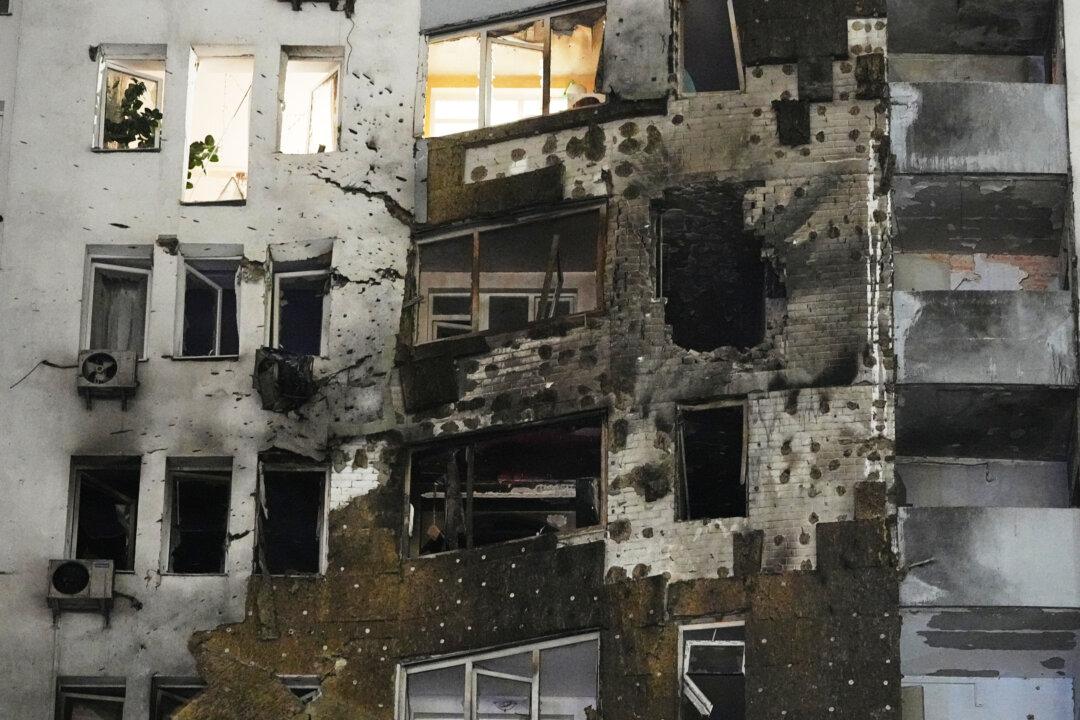The woman in the corner of the emergency room still haunts Dr. Gerard Farrell, president of the Newfoundland and Labrador Medical Association. Obviously suffering from dementia, she was impossible to miss as he passed back and forth, always sitting in the same chair in an environment not built to care for her.
“She wasn’t there because she needed emergency care. She was there because she needed more care than she could get in the home,” Farrell said in an interview. “But there was no place else for her to go.”





